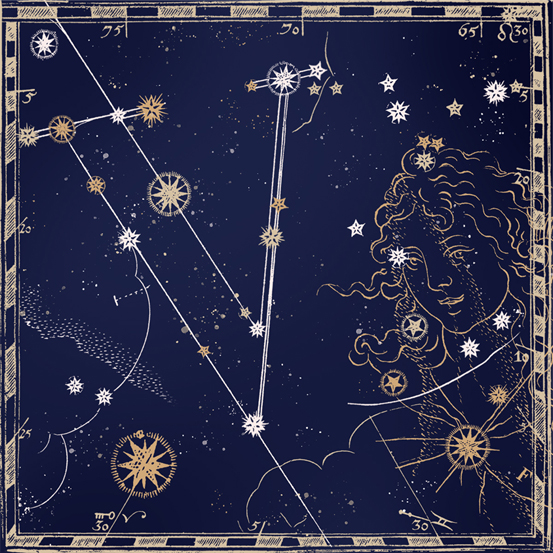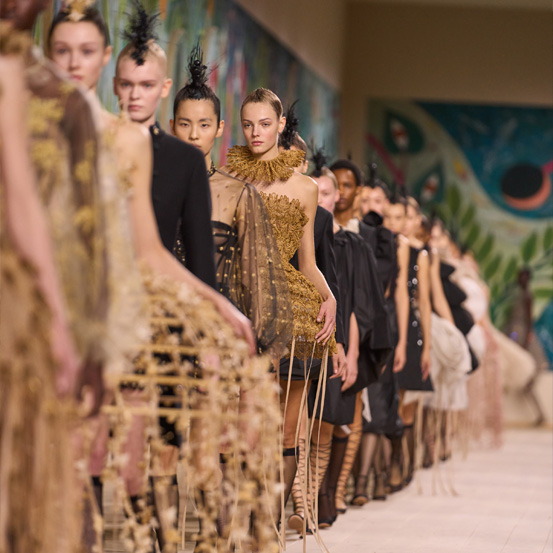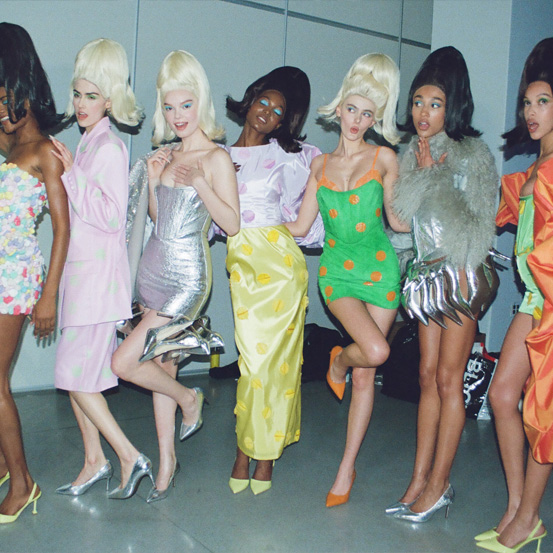Books, movies, and music not to miss.
Books, movies, and music not to miss.
Books to escape the cocoon
They incite reactions like “what the hell kind of story is this?” or “I simpy cannot believe I just read that.” These books are not for a sensitive audience.
BOY PARTS,by Eliza Clark, Influx Press (2020), € 12,99.

A CERTAIN HUNGER,by Chelsea G. Summers, The Unnamed Press (2020), € 10.

Music to leave the coccon
“I’ve heard this song before.” And you have, in another song.

The feeling of hearing a song for the first time and, in a phenomenon that resembles déjà vu, recognizing in it a peculiar familiarity, is one of the most frustrating sensations there is. This doubt that permeates us, that gets under our tongues, unreachable by mere millimeters, is the fault of sampling. If the name doesn’t sound familiar, let us clarify: sampling is the reuse of a portion of pre-existing music. Samples (the name given to parts that are taken from other music) need not be a specific part of a song. Rhythms, melodies, lines, and choruses, all can be integrated into another (and new) song to perform sampling. These portions can be altered and manipulated in a variety of ways. There is a notion that since most songs reaching the top 10 today contain samples, the phenomenon is a recent trend, but this is not the reality - sampling has been practiced since 1971.If you are not aware of sampling by now, here are a few examples that demonstrate how the phenomenon has been going on for a long time. Let's start with some of the biggest pop hits of the last 20 years, such as Bootylicious by Destiny's Child. It is no accident that the initial rhythm of this song evokes feelings of familiarity. This self-love anthem begins with the exact rhythm of Edge of Seventeen by Stevie Nicks. Nicks' bewitching energy establishes an interesting contrast with the American girl group's powerful message of self-love. Madonna is a known user of the technique as well, notably in the electrifying Hung Up, where the queen of pop harnesses the rhythm of Gimme, Gimme, Gimme (A Man After Midnight). The initial notes are so similar that when one of the songs starts, it is impossible to understand which one it is about until the five-second mark.Although it dates back to the 1970s, the sampling technique owes much of its popularity to the maturation of hip-hop and rap music in the 1990s. The growing mainstream success of these music styles coincides with the frequent use of music engineering. Think of Wu-Tang Clan's C.R.E.A.M., which, through the emotional melody of As Long As I've Got You by The Charmels, recounts the brutality of growing up in a New York City neighborhood. Or in Mo Money Mo Problems, by the rapper, The Notorious B.I.G., with the refrain of I'm Coming Out, by Diana Ross, reached the top of the music charts.In fact, these days, finding a song in the top 10 that does not have at least one sample is very difficult. But, unlike the way the technique was used in the past, as an innovative tool, its modern use is increasingly noticeable. Capitalizing on the nostalgia of past hits, today's hits use entire sections of other songs, including lyrics, and sometimes even the voices of the original artists. Such is the case with First Class by Jack Harlow, which, with an extended sample of Glamourous by Fergie, became a viral hit on TikTok.It may seem a bit unfair transaction: today's artists use the original sounds of the past and, at least for those who are not aware of the music on which they were based, take credit for a hit. Of course, it's never that linear, and often samples are samples of samples. But even so, nostalgia marketing is not looked upon kindly. Legends like Elton John take the reins of this phenomenon. Instead of waiting for some new artist to think of using his hits, the British singer precedes them. Clustering some of his past hits together, Elton John creates songs that are nothing more than new versions of his songs - and which, as in the past, achieve worldwide success. The artist doesn't stop there and, leaving no room for failure, invites pop's greatest artists to accompany him. In Cold Heart (PNAU Remix), John invites Dua Lipa to sing a duet that is an amalgam of Sacrifice, Kiss the Bride, and Rocket Man.
Movies to leave the cocoon
If the expression “first you snub it, then you glug it” was a list of movies, this would be it.

We've finally reached October, the official month of the spooky season, the only time we have to rest after the suffocating summer and before the malls fill up with Christmas trees. But Vogue Portugal has never been one to follow the obvious, so instead of the expected horror movies, we propose a new category: the wtf movies. And what are these movies? They are the ones that don’t settle for just scaring us, because, for one reason or another, they make us question our intelligence, forcing us to go back in history after "the end" to understand what we missed. Was there ever a millisecond when we looked at our cell phone and missed an essential piece of information? No. These films only exploit the notion of the open ending to such an extent that confusion becomes inevitable.The epitome of this phenomenon will be Donnie Darko (2001), where Jake Gyllenhaal plays a troubled young man who has an imaginary friend in the form of a rabbit. It may seem innocent, but not until he sees this animal that, more than 20 years later, continues to visit our nightmares. The "rabbit" (who is nothing more than a grown man in a terrifying mask) commands Gyllenhaal to commit criminal acts of the most varied kinds. The concepts of the butterfly effect (how appropriate for this issue of Vogue Portugal), quantum physics, and time travel are mixed together in such a way that, while fascinating, the film is also extremely confusing. Mulholland Drive (2001), written and directed by David Lynch, is equally confusing. Through a complex script, the film follows a hallucinating trip to Hollywood, where narratives, characters, and even the actors imperceptibly intersect. Even though Lynch's work relies more on confusion to achieve wtf status, Pulse (2001) relies on a terrifying story to achieve the same honor. If you have never seen a Japanese horror film, be warned: this horror has nothing to do with what you might be used to. In this "ghost story," spirits invade the physical world through the Internet. The film is as terrifying as it is confusing, leaving you with a feeling similar to the one you get when you are in a dark room - you don't know what's in front of you, but you are afraid.We conclude this list with two extremely recent films. Mother! (2017) is a work that is both bizarre and disturbing. In what is a confusing analogy to the history of Catholicism, Jennifer Lawrence stars in the film, a product of then-boyfriend Darren Aronofsky's imagination. Between scenes of cannibalism, destruction, and flooding, the universe of Mother! gets under our skin, creating a visceral discomfort. But if it's in discomfort you want to be, Titane (2021) is the ideal choice. The work, which was awarded a Palme d'Or for 2021, is difficult to define, much because of the sense of constraint it provokes. Yes, we mean the sex scenes between the main character and the cars. From abandoned vehicles to fire trucks, these fire trucks, these disturbing moments culminate in a “child” birth that, in addition to being chilling, is unforgettable. For the worst reasons possible.
Translated from the original on The Butterfly Effect issue from Vogue Portugal, published October 2022.Full story and credits on the print issue.
Most popular

.jpg)
“Chamo-lhe campo de férias”: como é realmente ser um VIC (“Very Important Client”) na Semana de Alta-Costura de Paris
05 Feb 2025

Relacionados



.jpg)

